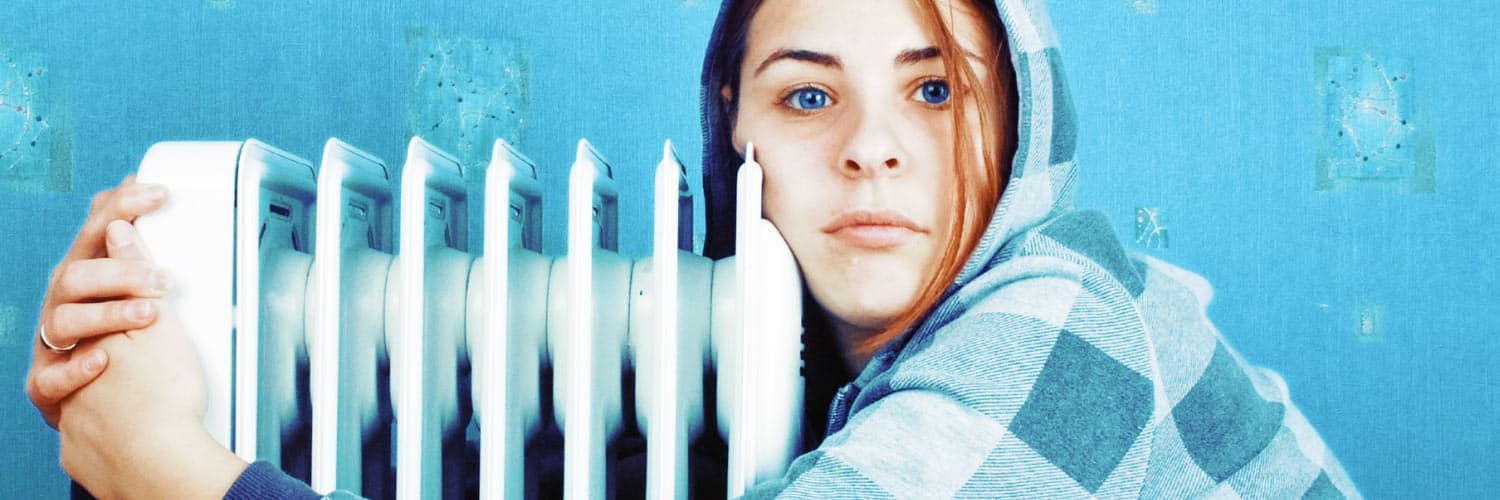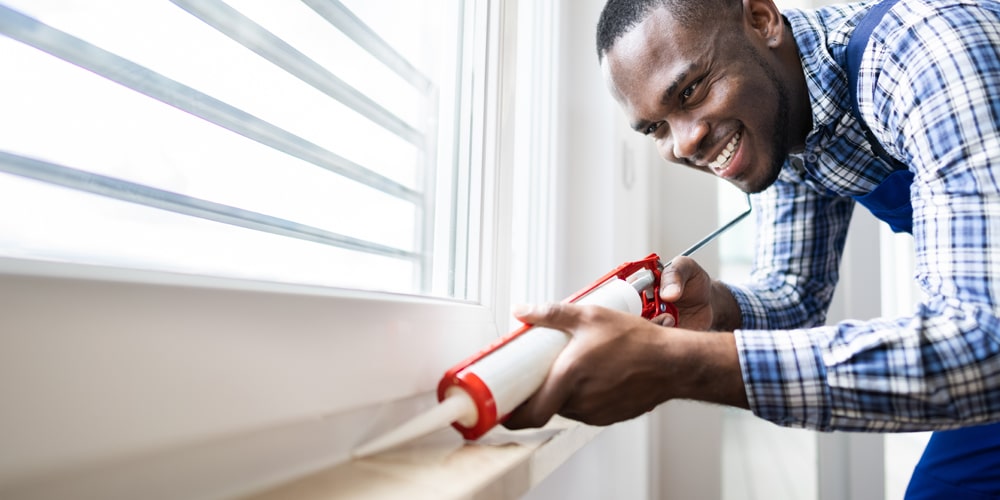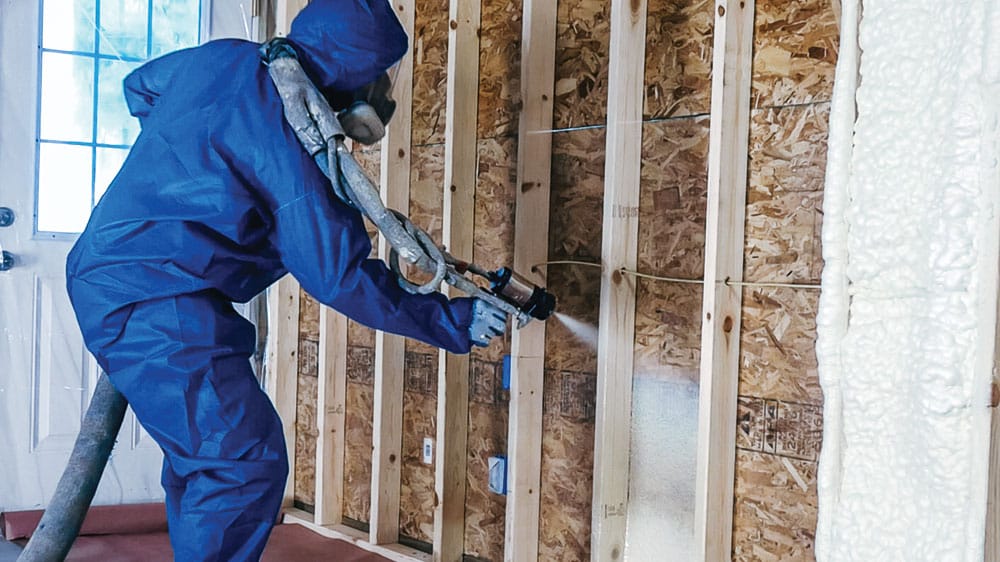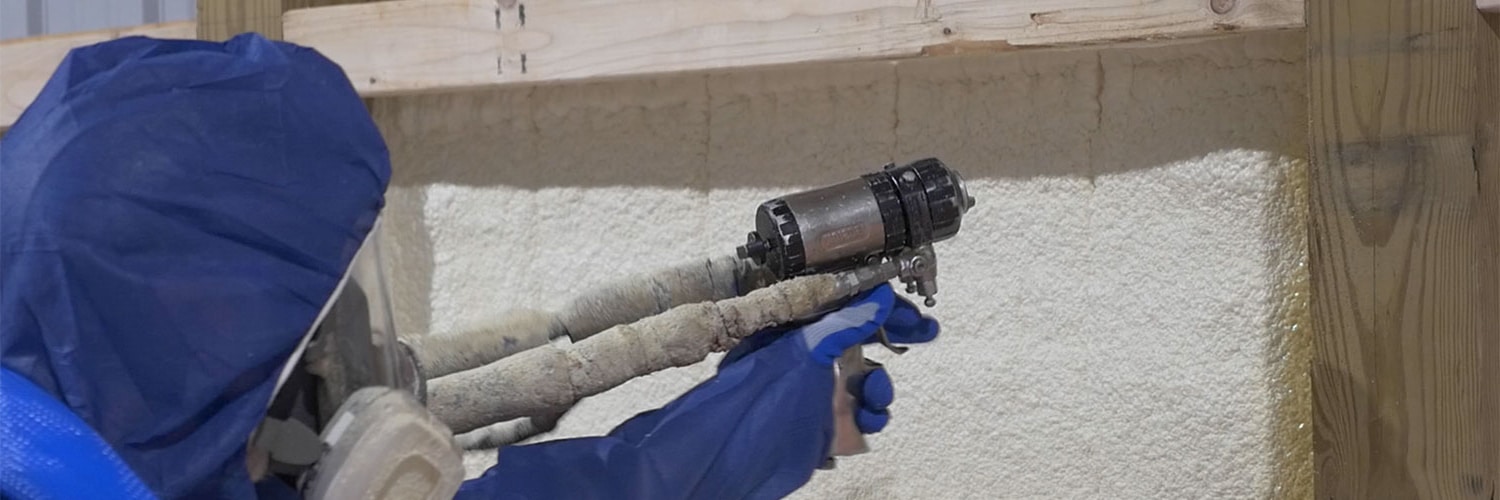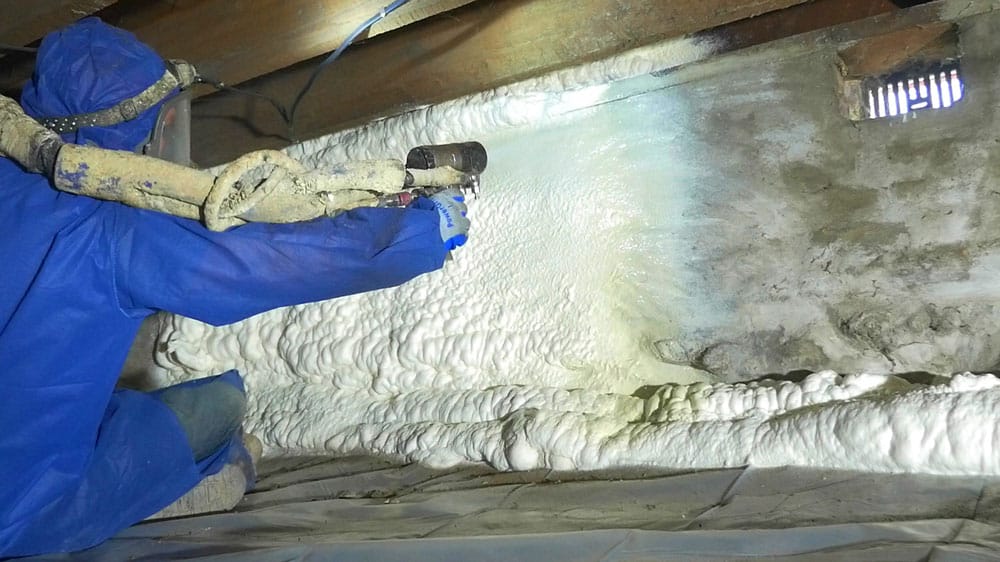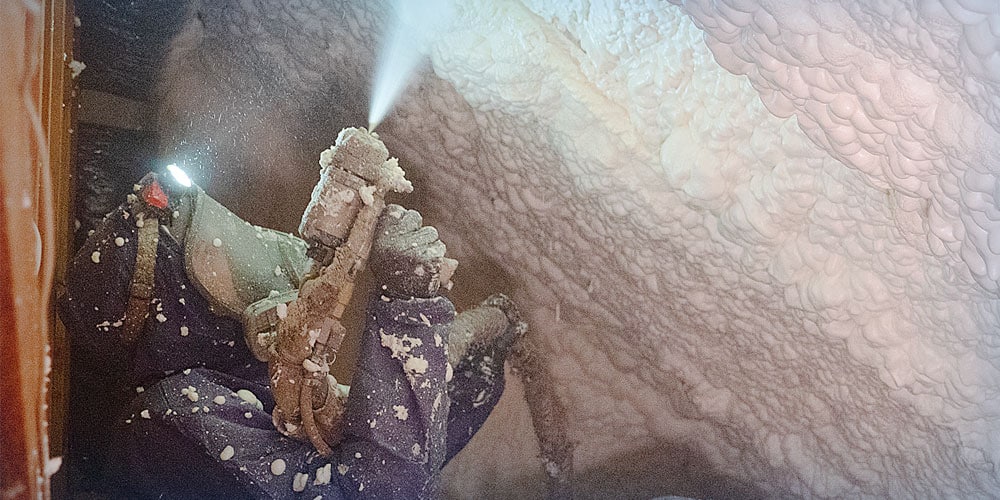Is your house always too hot or too cold, no matter what you do?
Maintaining a comfortable temperature can feel impossible, even with your HVAC system working overtime. If you’re tired of constantly bundling up in blankets or blasting fans in the summer, it’s time to address why your home’s temperature is so inconsistent and what you can do to fix it.
At RetroFoam of Pittsburgh, we’re here to help homeowners solve their comfort problems for good. Let’s dive into some common issues and practical solutions to make your home a haven of consistent comfort.
Why Does My House Feel Uncomfortable?
If you’ve been asking yourself this question, you’re not alone.
Many homeowners struggle with rooms that are either too hot or too cold. Here are a few reasons why this might be happening.
- Air Leaks: Gaps around windows, doors, and other areas allow outside air to sneak in, disrupting your indoor temperature.
- Inefficient HVAC Systems: An imbalance or poorly maintained HVAC system can leave certain rooms uncomfortable.
- Poor Insulation: Little to no insulation means your home is losing heat in the winter and cool air in the summer.
- Dirty Ducts or Filters: Reduced airflow due to clogged vents or dirty filters prevents your HVAC system from working effectively.
How to Fix an Uncomfortable House
If you’re ready to take back control of your home’s comfort, here are some actionable tips.
Change Your Furnace Filter
A dirty furnace filter reduces efficiency, leaving your home colder than you’d like.
Replace the filter every three months to ensure optimal performance.
Seal Around Windows and Doors
Drafty windows and doors are common culprits of uncomfortable room temperatures.
Use weatherstripping or caulking to seal gaps and prevent air leaks.
Upgrade to Energy-Efficient Windows
Older windows often let air seep in or out, making it harder to regulate temperature.
Installing energy-efficient windows can significantly improve comfort and reduce energy costs.
Find and Seal Hidden Air Leaks
Air leaks can occur in unexpected places, like:
- Around plumbing and ductwork
- Outlets and switches
- Chimney flues
Use expanding foam, caulk, or weatherstripping to seal these gaps and keep air outside where it belongs.
Have Your HVAC System Inspected
Hire a professional to check for imbalances in your HVAC system.
They can ensure it’s properly sized and distribute air evenly throughout your home.
Clean Your Vents and Ducts
Dust, dirt, and debris in your vents and ducts can restrict airflow, making your HVAC system less effective.
Regular cleaning ensures proper airflow and helps maintain comfortable temperatures.
Perform Regular Air Conditioner Maintenance
Like your furnace, your AC unit needs routine maintenance to function efficiently.
Replace its filter every three months and schedule professional cleanings as needed.
Add Insulation to Your Home
If your home lacks proper insulation, all of the above fixes will only do so much.
Insulation is essential for creating an air seal, which prevents heat transfer and keeps your home consistently comfortable.
Why Insulation is Key to Comfort
Adding foam insulation to your home is one of the most effective ways to solve temperature inconsistencies.
RetroFoam of Pittsburgh specializes in creating an air seal that keeps outside air out and conditioned air in. Foam insulation doesn’t just improve comfort – it also helps reduce energy costs and increases your home’s efficiency.
Ready to Fix Your Uncomfortable House?
An uncomfortable house can disrupt your life, but it doesn’t have to stay that way.
By addressing air leaks, maintaining your HVAC system, and adding insulation, you can finally enjoy a home with consistent, comfortable temperatures.
We’ve been helping homeowners just like you create more comfortable spaces. Whether you’re dealing with a room that’s too hot or too cold, we’re here to help you find the right solution for your home.
Contact us today to learn more about how foam insulation can transform your living space. You can reach us by phone at 412-228-4506 or by filling out the form on our website.

